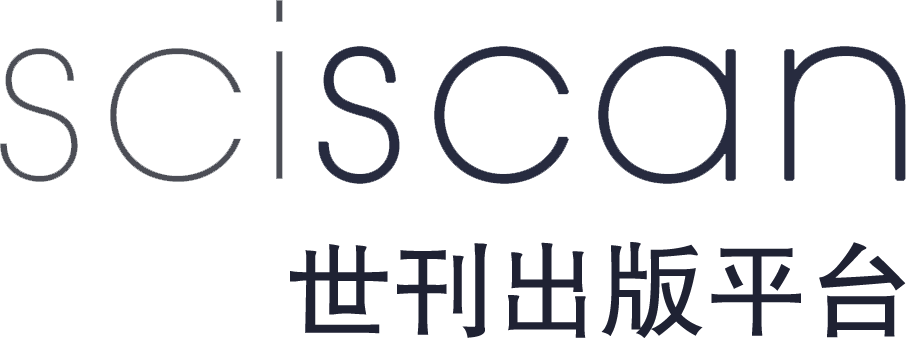基于多人脑电一致性特征的情绪识别探索
Exploring Emotion Recognition Using EEG-based Inter- subject Correlation Features
寻找不同情绪状态的脑神经表征,对于情绪的认知神经机制研究与情绪识别等现实应用具有重要意义。现有基于脑电的情绪识别研究方法大多采用经典的事件相关分析方法,难以应用于包含连续视觉—听觉信息的自然情绪刺激情境。本研究探索了多人脑电一致性...更多>>
国家自然科学基金项...


















